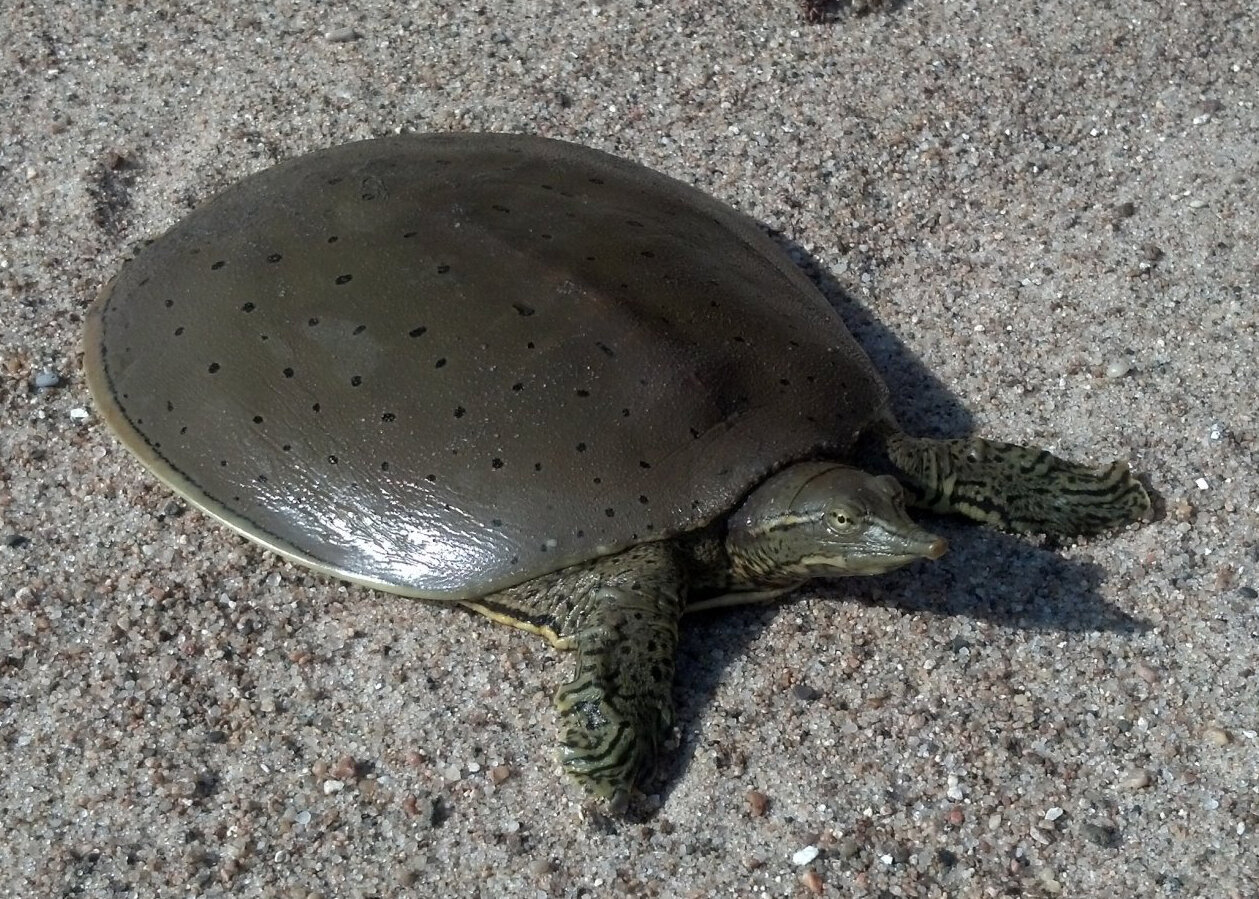Is fishing tackle a threat to Minnesota’s turtles? Possibly.
/As a kid growing up in southeast Texas, I spent a great deal of my time fishing in the ponds, lakes, and rivers. These are some of my best childhood memories — setting off on my bike with a fishing pole in one hand and a tackle box in the other. My friends and I were not too picky when it came to catching fish, but largemouth bass were the prized fish by most us. Over the years, we had all caught a turtle or three by accident — a dreaded capture by most as turtles can bite hard and typically resulted in a lost lure — lures were coveted by us kids.
Fast forward twenty years, and I am reading a scientific paper by Steen et al. (2014) which discusses fishing hook ingestion by turtles. Much to my surprise, the number of turtles with ingested fishing hooks ranged from 0-33% of the individual species sampled. This work occurred in the southeast U.S. - Tennessee and Virginia to be exact. This got be thinking… As an adult now living in the great state of Minnesota — the land of 10,000 lakes — might our turtles also be exposed to fishing hooks? Given the strong fishing culture here, I thought I would do a quick look into it.
I contacted the Wildlife Rehabilitation Center of Minnesota (WRC), a donation funded organization located in Roseville, Minnesota, to see if they have data that could help me scratch the surface of this question. The WRC is the nation’s busiest, and one of the oldest, wildlife hospitals.
Spiny Softshell (Apalone spinifera). Photo courtesy of IowaHerps.com.
Between 2012 and 2019, the WRC had received 2,265 turtles. Of those, the vast majority are brought in as a result of being hit by a car — road mortality is a major issue for Minnesota’s turtles. Learn more about helping turtles across the road. Turtle species with ingested fishing tackle included: false map turtles (Graptemys pseudogeographica); northern map turtles (Graptemys geographica); painted turtles (Chrysemys picta); snapping turtles (Chelydra serpentina); and spiny softshells (Apalone spinifera). One species in this data set stood out however… the spiny softshell (Apalone spinifera). This species rarely ventures far from water, even to nest, so rarely gets hit by cars. Of the 14 spiny softshells brought into the WRC during this time, only 14% (n=2) were hit by cars. Six of the remaining 12, or 50%, contained fishing hooks.
Now I fully acknowledge that the sample size is small, and that the sampling is biased given wildlife are typically only brought into the WRC if sick or injured, but this provides some insight into what could be an issue for Minnesota’s turtles. A more detailed study, like the one by Steen and colleagues, may be in order to better assess the impacts of a common recreational activity on one of the most imperiled groups of wildlife — turtles.
The Field Ecology Blog is meant to be informational and thought provoking. Wherever possible, I provide links to supporting external resources. Views expressed here do not represent the views of my employer(s).





